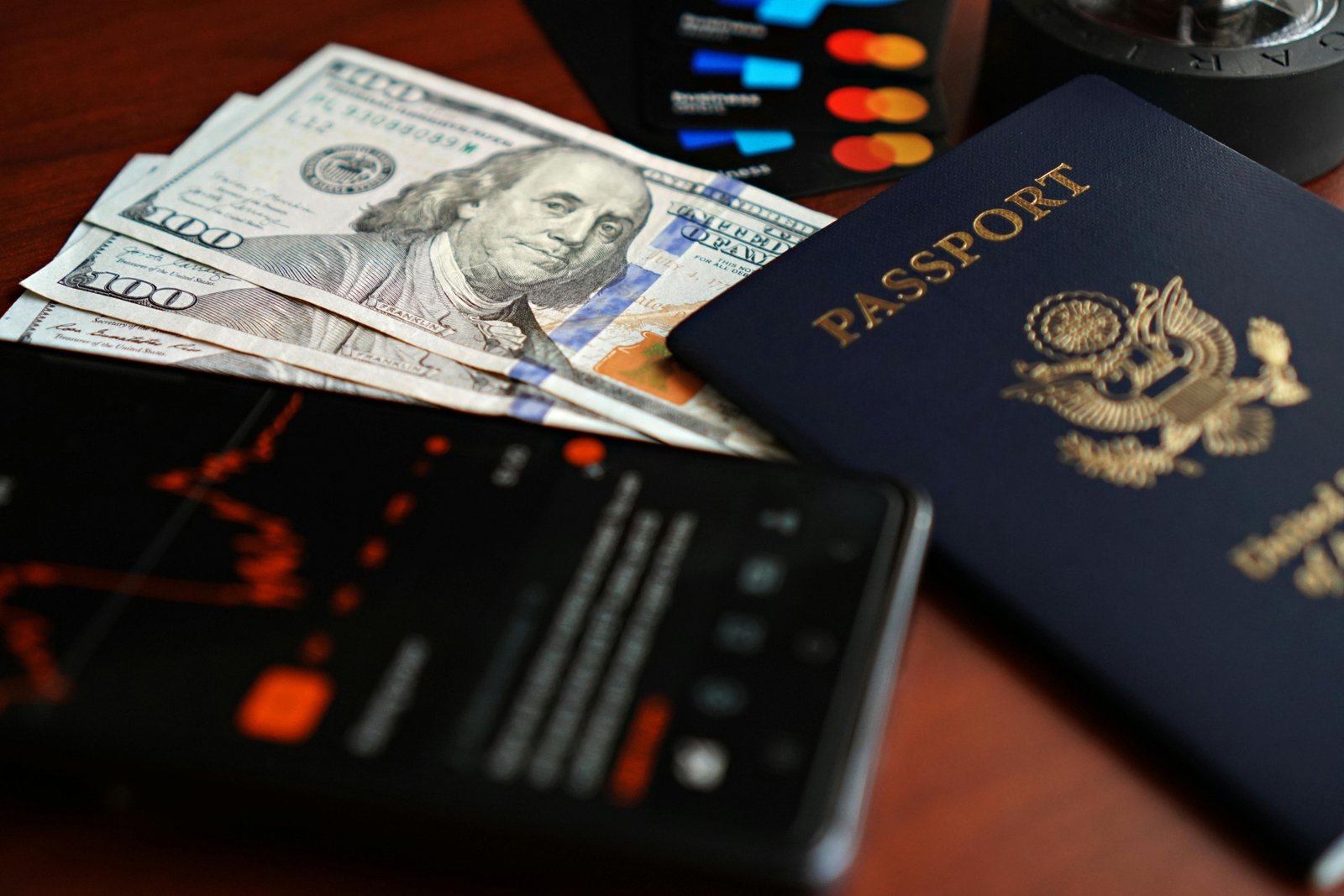Understanding the Green Card Travel Ban: A 2025 Guide
Navigating the complexities of a potential green card travel ban can be a source of anxiety for many U.S. Lawful Permanent Residents (LPRs). You have built a life in the United States, but you also have reasons to travel abroad. Therefore, understanding the rules is essential for your peace of mind. This guide provides clear, straightforward information to help you travel with confidence in 2025.
What Exactly Is a Travel Ban?
A travel ban is a government order that restricts travel. Typically, it limits the entry of foreign nationals from specific countries into the United States. These bans are often issued through presidential proclamations. Furthermore, they are usually justified by national security concerns or public health crises. The rules can change quickly, which creates uncertainty.
For green card holders, the situation is different from that of temporary visa holders. Your status as a Lawful Permanent Resident means you have a right to live in the U.S. permanently. As a result, most travel bans include specific protections for LPRs. However, you should never assume you are exempt without checking the details.
How Does a Green Card Travel Ban Affect Permanent Residents?
While most broad travel bans explicitly exclude LPRs, the term green card travel ban can still cause issues. You may face increased scrutiny when you return to the U.S. For example, a Customs and Border Protection (CBP) officer will want to confirm your LPR status is valid. They will also verify that you have not abandoned your U.S. residence.
Maintaining Your U.S. Residence
A key factor is proving your intent to live in the U.S. permanently. Long trips abroad can raise questions. To avoid problems upon re-entry, it’s wise to carry proof of your ties to the country. This can include:
- A valid, unexpired Green Card (Form I-551).
- Proof of U.S. employment or property ownership.
- Recent U.S. tax returns.
- A U.S. driver’s license or bank accounts.
Key Exceptions for Green Card Holders
Fortunately, LPRs are almost always considered an exception in U.S. travel bans. Government proclamations generally state that the restrictions do not apply to any Lawful Permanent Resident of the United States. This protection is a core part of your residency rights. Nevertheless, it is crucial to read the specific language of any active travel ban before you depart.
In rare situations, additional documentation might be needed. For instance, if a ban is health-related, you may need to show proof of vaccination or a negative test result. Always check the latest requirements from official sources like the Department of State or the Centers for Disease Control and Prevention (CDC).
Essential Tips for Traveling Abroad as an LPR
To ensure a smooth journey, preparation is key. A little planning can prevent significant delays and stress at the border. Follow these simple steps before any international trip.
Your Pre-Travel Checklist
- Verify Official Sources: Before you book or travel, check the U.S. Department of State and U.S. Embassy websites for the countries you plan to visit.
- Carry Your Documents: Always travel with your physical green card and a valid passport from your country of citizenship. Do not keep them in checked luggage.
- Avoid Long Absences: An absence of more than one year from the U.S. can lead to a presumption that you have abandoned your residency. For trips longer than a year, you should apply for a re-entry permit before you leave.
- Consult an Immigration Lawyer: If your situation is complex or you feel uncertain, speaking with an immigration attorney is the safest option.
In conclusion, while the idea of a travel ban is worrying, your status as a green card holder provides significant security. By staying informed and well-prepared, you can continue to travel internationally and return to your home in the U.S. without issue.



